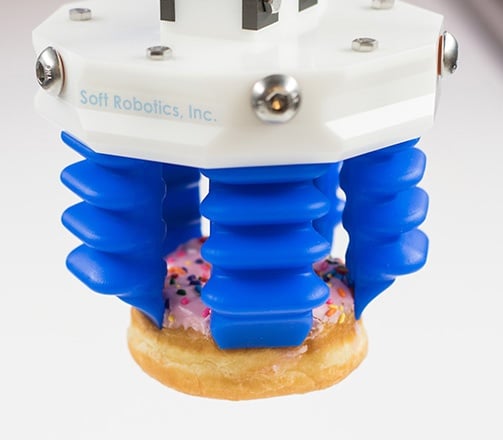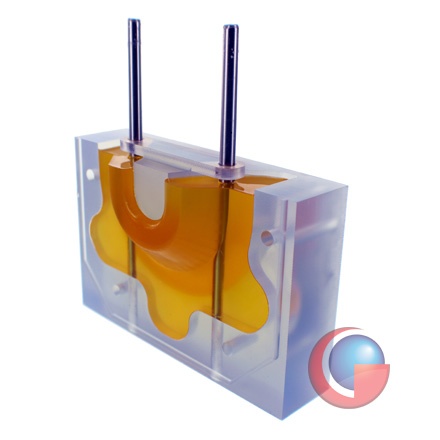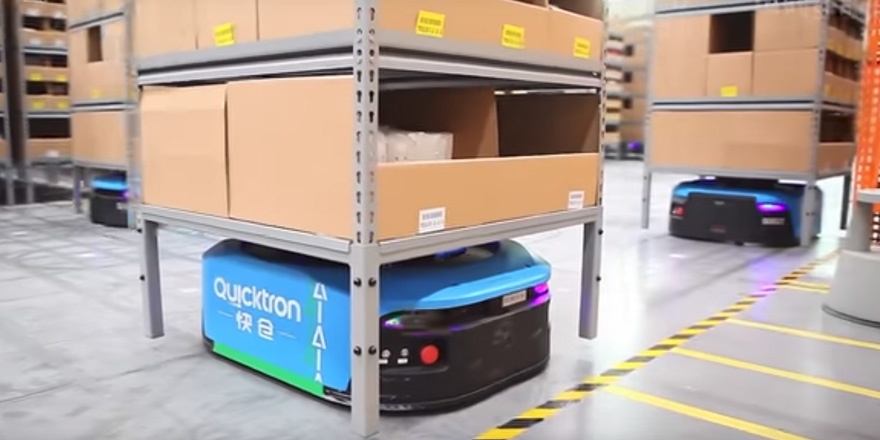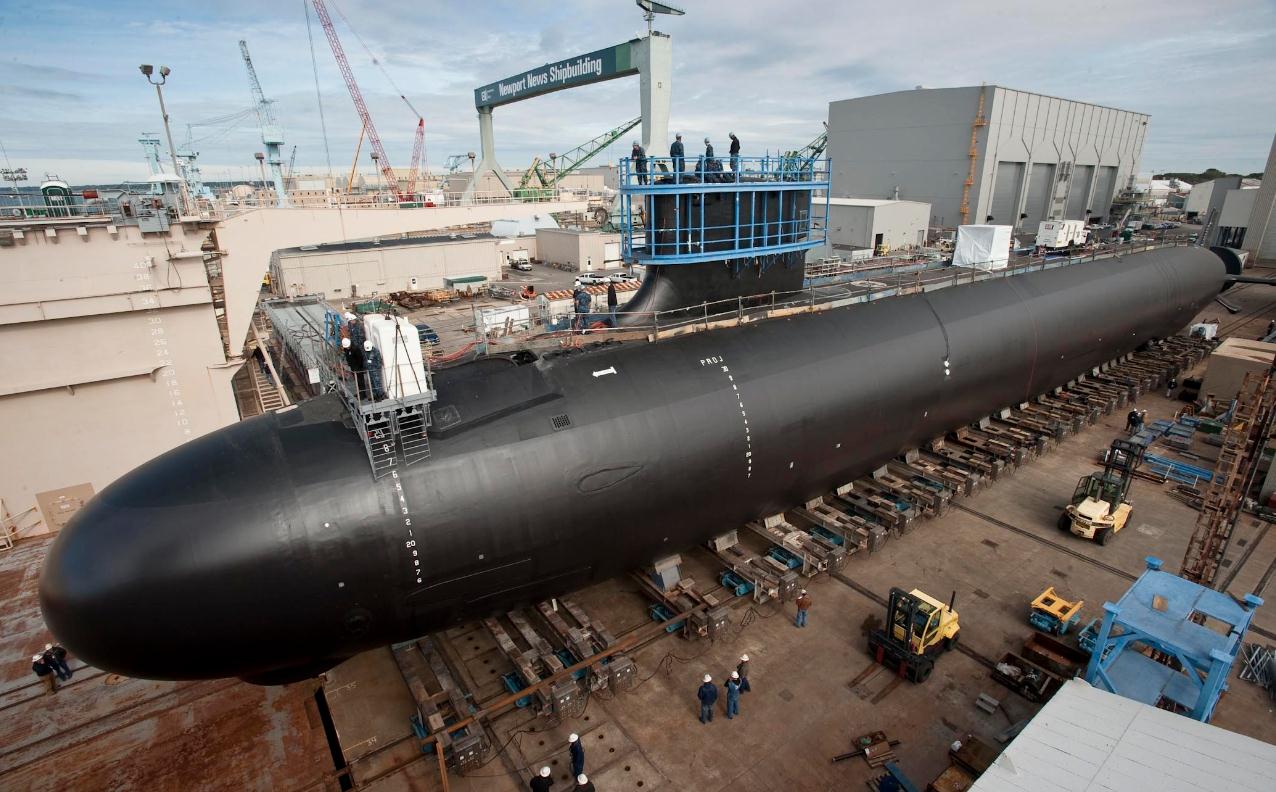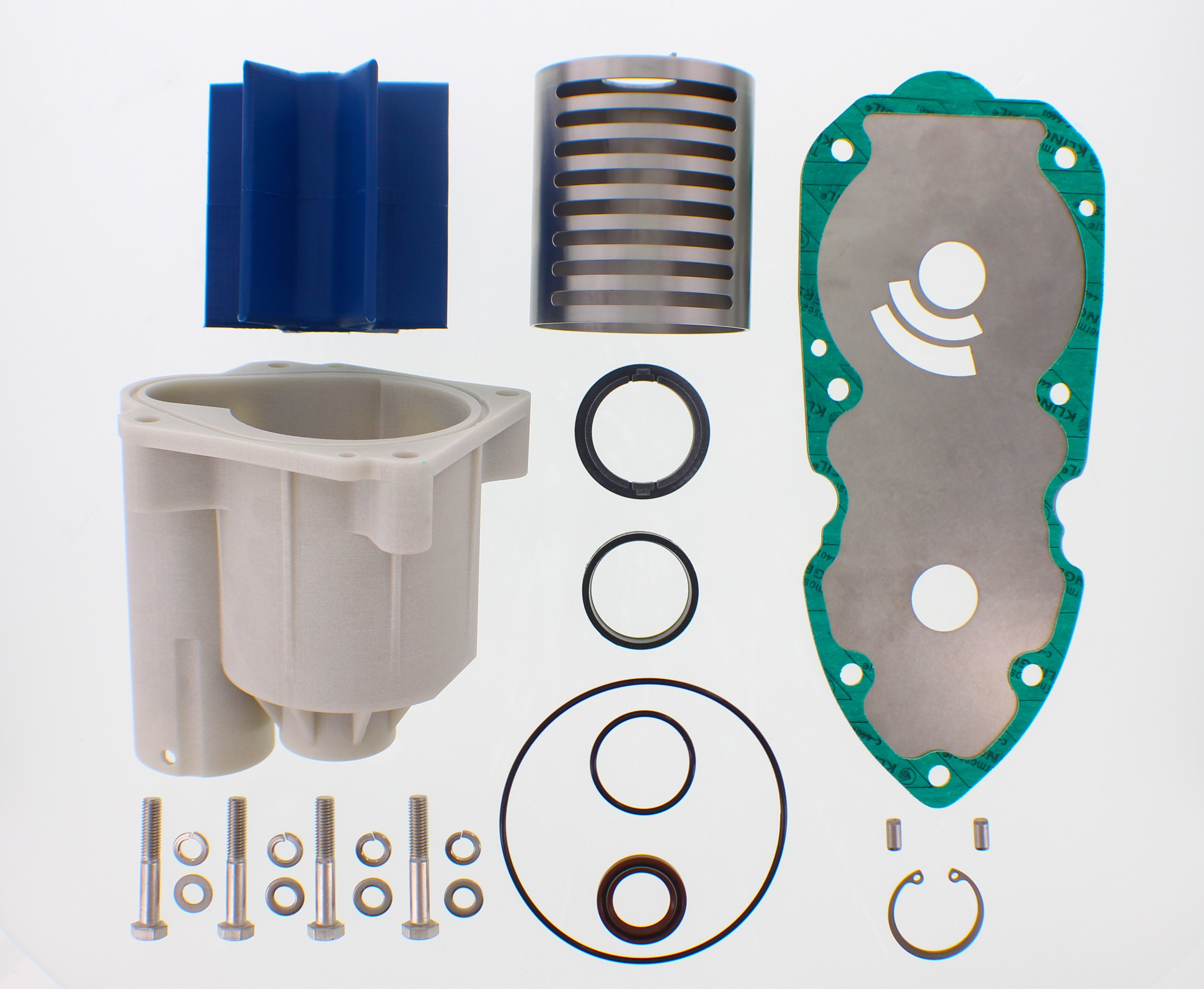Radiation is a powerful tool. From medical imaging to airport security and industrial inspection, X-ray and gamma technologies give us the ability to see through objects, identify threats, and diagnose conditions that would otherwise remain hidden. Yet with that power comes responsibility. The same radiation that creates clear diagnostic images or reveals a weapon in luggage must also be contained and controlled, so it does not put patients, workers, or bystanders at risk.
For decades, the go-to solution for radiation shielding has been lead. Lead is dense, abundant, and effective at blocking X-rays. But lead also comes with a long list of problems: toxicity, environmental hazards, regulatory restrictions, and physical limitations in terms of design and durability. In today’s world, those drawbacks are no longer acceptable.



